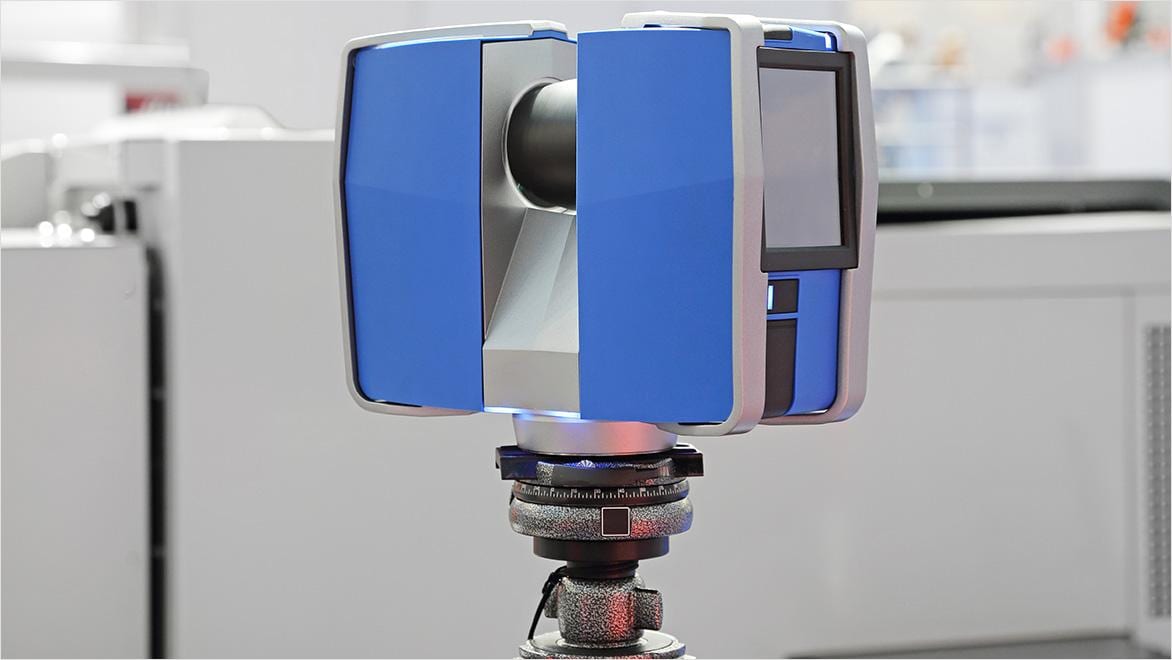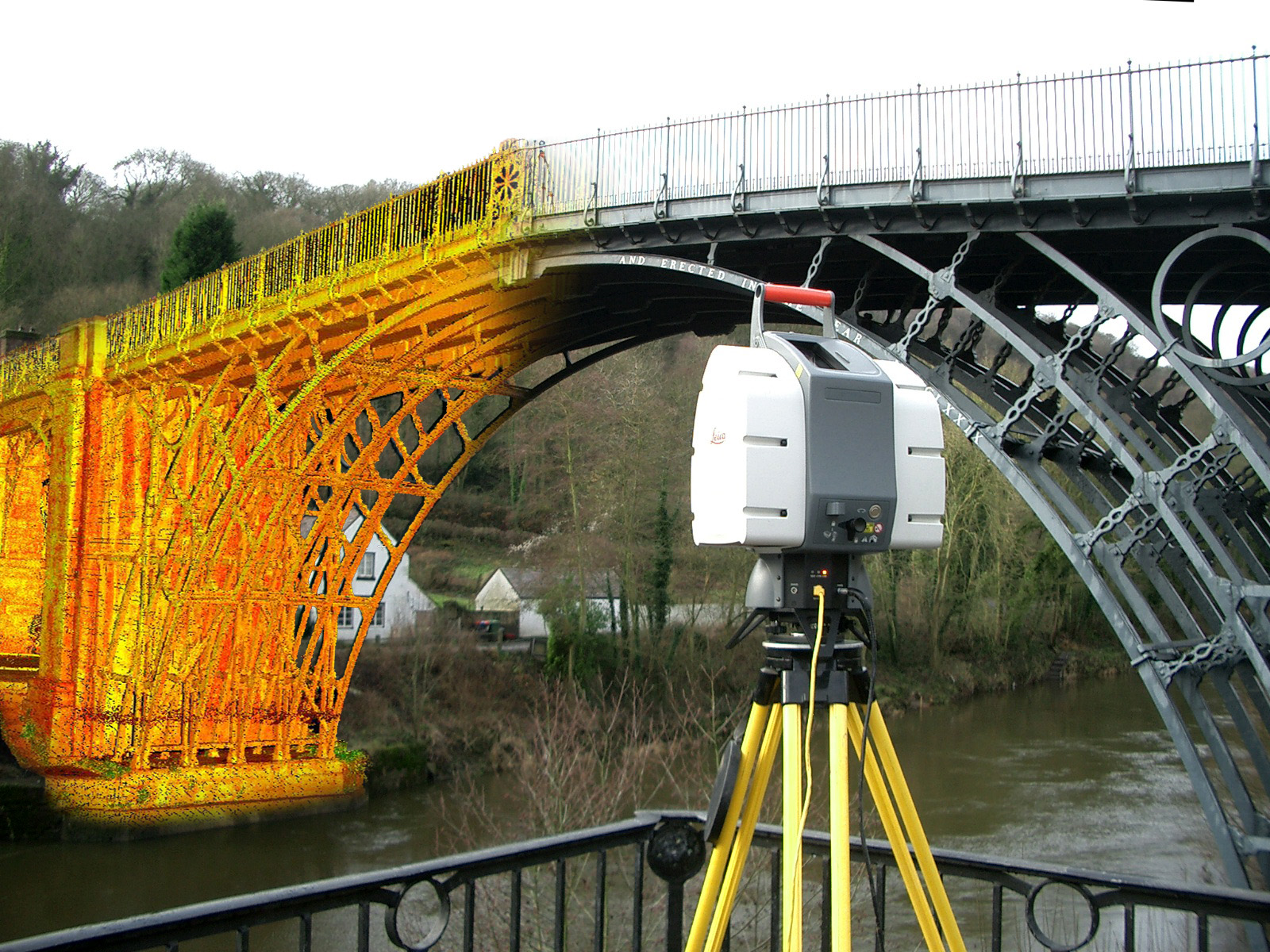How 3D Scanning Accelerates the Design Phase
Exploring the Applications of 3D Laser Scanning in Archaeology and Cultural Heritage Preservation
The integration of 3D laser scanning innovation in archaeology and social heritage preservation marks a substantial innovation in exactly how historical sites and artefacts are documented and evaluated. This non-invasive approach supplies precise spatial information, disclosing intricate information that were formerly hard to capture. As the applications of this innovation remain to advance, different ramifications for preservation, education and learning, and documents arise, inviting further expedition right into its transformative effect on the area.
Recognizing 3D Laser Scanning Technology
3D laser scanning innovation has actually transformed the area of archaeology by supplying comprehensive and specific spatial data. This innovative modern technology uses laser beams to catch countless information points from an item or site, developing a highly exact three-dimensional representation (3D Scanning). The resulting factor clouds can reveal elaborate details of historical sites, frameworks, and artefacts that may be undetectable to the nude eye
Utilizing this modern technology, archaeologists can document the precise dimensions, shapes, and settings of items with unprecedented accuracy. This method decreases the danger of human mistake and removes the need for comprehensive hands-on measurements. The information gathered can be evaluated and shared quickly, assisting in collaboration amongst scientists. By integrating 3D laser scanning with GIS and various other electronic devices, excavators enhance their capability to envision and analyze historical contexts, bring about much deeper insights right into old cultures and settings.
Enhancing Historical Paperwork
3D laser scanning greatly improves historical documents via its capacity to produce precise site maps. This technology promotes in-depth artifact evaluation, supplying insights that typical approaches may overlook. In addition, it guarantees the conservation of contextual information, which is important for comprehending the partnerships within archaeological websites.
Accurate Site Mapping
While conventional mapping approaches often battle with recording the detailed details of historical sites, advanced laser scanning technology supplies an advanced strategy to precise website mapping. This method makes it possible for excavators to develop extremely detailed and precise three-dimensional representations of sites, showcasing topographical variations and structural features with remarkable fidelity. The ability to record numerous data factors in a matter of mins enables detailed paperwork, which can be quickly upgraded and shared amongst scientists. Additionally, laser scanning helps with the dimension of complex geometries that would certainly be tough to examine utilizing standard devices. Therefore, this modern technology enhances the precision of site maps, adding substantially to the conservation and understanding of social heritage sources.
Thorough Artifact Analysis
Laser scanning modern technology greatly improves the analysis of historical artifacts, supplying researchers with unmatched detail and accuracy. This approach catches intricate surface structures, dimensions, and features that standard documents strategies might overlook. By producing high-resolution 3D versions, scholars can carefully check out artefacts without the danger of damage integral in physical handling. This precision allows for much better comparative researches, enabling professionals to determine manufacturing methods, stylistic variants, and possible cultural significance. The ability to adjust and picture data in three measurements assists in a much deeper understanding of artifact performance and use. Generally, laser scanning cultivates a more thorough approach to archaeological documentation, making sure that crucial information concerning artefacts is maintained for future research and education.
Conservation of Contextual Information
Protecting contextual data is necessary for enhancing archaeological paperwork, as it assures that findings are understood within their initial ecological and cultural structures. 3D laser scanning modern technology considerably adds to this preservation effort by recording comprehensive spatial partnerships among artifacts, frameworks, and their atmospheres. By producing specific 3D models, archaeologists can document the precise places and alignments of objects sitting, assisting in a comprehensive understanding of their context. This innovation allows scientists to take another look at and examine sites long after excavation, preserving the stability of contextual info. In addition, electronic documents developed via scanning can be shared globally, cultivating joint study and public involvement. Eventually, preserving contextual information through 3D laser scanning improves historical narratives and promotes a much more profound appreciation of social heritage.
Preservation of Cultural Heritage Sites
As developments in innovation remain to advance, the conservation of cultural heritage websites has become significantly reliant on innovative approaches such as 3D laser scanning. This technology enables for the detailed documentation of artifacts, landscapes, and structures, capturing their precise measurements and spatial partnerships in a non-invasive way. By producing high-resolution 3D designs, scientists can evaluate and keep an eye on deterioration patterns, making it possible for positive preservation techniques.
Additionally, 3D laser scanning helps with the sharing of comprehensive site information with the international area, advertising cooperation amongst guardians, historians, and archaeologists. These models work as invaluable resources for education and learning and public interaction, increasing awareness of social heritage issues. The digital documents produced can safeguard against loss due to ecological factors, criminal damage, or overlook. Generally, 3D laser scanning stands for a transformative strategy to the preservation of social heritage, making certain that these sites can be researched and valued by future generations.

Remediation and Reconstruction Efforts
The detailed documents attained with 3D laser scanning plays a substantial role in restoration and reconstruction initiatives within archaeology. This modern technology gives exact dimensions and high-resolution imagery, enabling for accurate digital models of artifacts and structures. These versions function as essential recommendations throughout restoration procedures, allowing excavators to make and picture the initial style informed choices concerning methods and products required for repair work.
3D laser scanning facilitates the restoration of damaged or shed elements by developing in-depth replicas. This process aids in ensuring that restorations maintain historic honesty while also permitting innovative techniques to bring back sites. The capability to analyze wear patterns and architectural weak points through scanned data enhances understanding of a website's historical context and its usage in time. 3D laser scanning not only preserves the physical aspects of cultural heritage however also improves the story of history, leading future restoration ventures.
Educational and Study Opportunities
The assimilation of 3D laser scanning in archaeology opens substantial academic and study chances. Academic cooperations a fantastic read can enhance the understanding of ancient websites, while specialized training workshops furnish experts with essential abilities for using this innovation. With each other, these efforts cultivate a richer engagement with historical techniques and methodologies.
Academic Collaborations in Archaeology
Joint initiatives in archaeology have hop over to these guys ended up being significantly necessary for advancing both educational and study possibilities. By promoting collaborations among universities, research study organizations, and social heritage organizations, these partnerships assist in the exchange of understanding and resources, enhancing the quality of archaeological studies. Joint jobs usually take advantage of varied know-how, enabling cutting-edge approaches and detailed evaluations, especially in the application of innovations like 3D laser scanning. Such collaborations also promote interdisciplinary approaches, engaging areas such as history, preservation, and location science. In enhancement, scholastic partnerships commonly cause the advancement of new educational programs and training programs, preparing the following generation of archaeologists to properly use advanced innovations in their work. Ultimately, these partnerships add to the preservation and understanding of social heritage.
Educating Workshops for Specialists
Training workshops for specialists in archaeology are significantly essential for improving skills in the application of sophisticated technologies such as 3D laser scanning. These workshops give participants with hands-on experience in making use of sophisticated equipment and software program, cultivating a much deeper understanding of data capture and evaluation procedures. Professionals can discover to produce accurate electronic models of historical sites, which significantly aid in paperwork and conservation efforts. In addition, these training sessions typically consist of discussions on finest methods and study, promoting expertise exchange among individuals. By purchasing constant education and learning, specialists can stay upgraded on progressing technologies, eventually boosting the efficiency of their research and cultural heritage preservation efforts. This commitment to skill enhancement is necessary for advancing the field of archaeology.
Future Fads in 3D Laser Scanning for Archaeology
As advancements in technology continue to reshape different fields, the future of 3D laser scanning in archaeology promises to enhance both the precision and efficiency of site paperwork and evaluation. Arising fads show an expanding combination of expert system and artificial intelligence, facilitating automated information handling and analysis. This advancement will permit excavators to assess complex datasets faster, leading to faster insights right into historic contexts.
Moreover, the combination of drone innovation with 3D laser scanning is most likely to increase, making it possible for complete aerial surveys of historical sites that are tough to gain access to. The enhancing cost of scanning equipment will democratize accessibility, equipping smaller establishments and independent scientists to make use of these tools look what i found successfully. In addition, improvements in online fact and augmented fact will allow immersive experiences for public interaction and education and learning, making historical searchings for extra interactive and easily accessible. These trends collectively signal a transformative future for archaeology, boosting conservation initiatives and expanding the discipline's outreach.
Regularly Asked Concerns
How Much Does 3D Laser Scanning Devices Expense?

What Are the Limitations of 3D Laser Scanning?
The constraints of 3D laser scanning consist of high expenses, possible data handling challenges, level of sensitivity to ecological conditions, and problem recording elaborate information in complicated surface areas, which can impact the accuracy and efficiency of scanned depictions. (3D Scanning)

Can 3D Laser Scanning Be Made Use Of Undersea?
Yes, 3D laser scanning can be utilized undersea, yet it needs customized devices and techniques to get rid of difficulties such as water distortion and restricted presence. Successful applications have been shown in aquatic archaeology and underwater surveys.
The length of time Does a Scanning Job Typically Take?
A scanning project commonly takes anywhere from a few days to a number of weeks, relying on the complexity and dimension of the area being scanned, along with the prep work and post-processing needs associated with the task.
Exist Details Software Program Demands for Handling 3D Checks?
Yes, details software application demands for processing 3D scans include programs efficient in taking care of huge point clouds, such as Autodesk ReCap, Cyclone, or MeshLab. These devices assist in evaluation, visualization, and assimilation right into different applications successfully.
The combination of 3D laser scanning modern technology in archaeology and cultural heritage conservation notes a significant improvement in exactly how historical sites and artifacts are recorded and analyzed. 3D laser scanning innovation has actually transformed the area of archaeology by offering in-depth and exact spatial data. As advancements in technology proceed to advance, the preservation of social heritage sites has become significantly reliant on cutting-edge methods such as 3D laser scanning. As innovations in innovation continue to reshape numerous areas, the future of 3D laser scanning in archaeology assures to boost both the precision and performance of site paperwork and evaluation. The integration of drone modern technology with 3D laser scanning is most likely to expand, allowing complete aerial surveys of historical sites that are challenging to access.